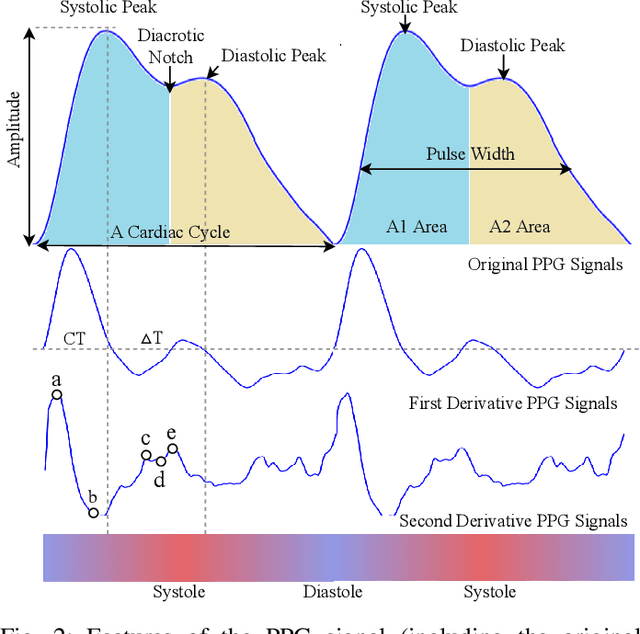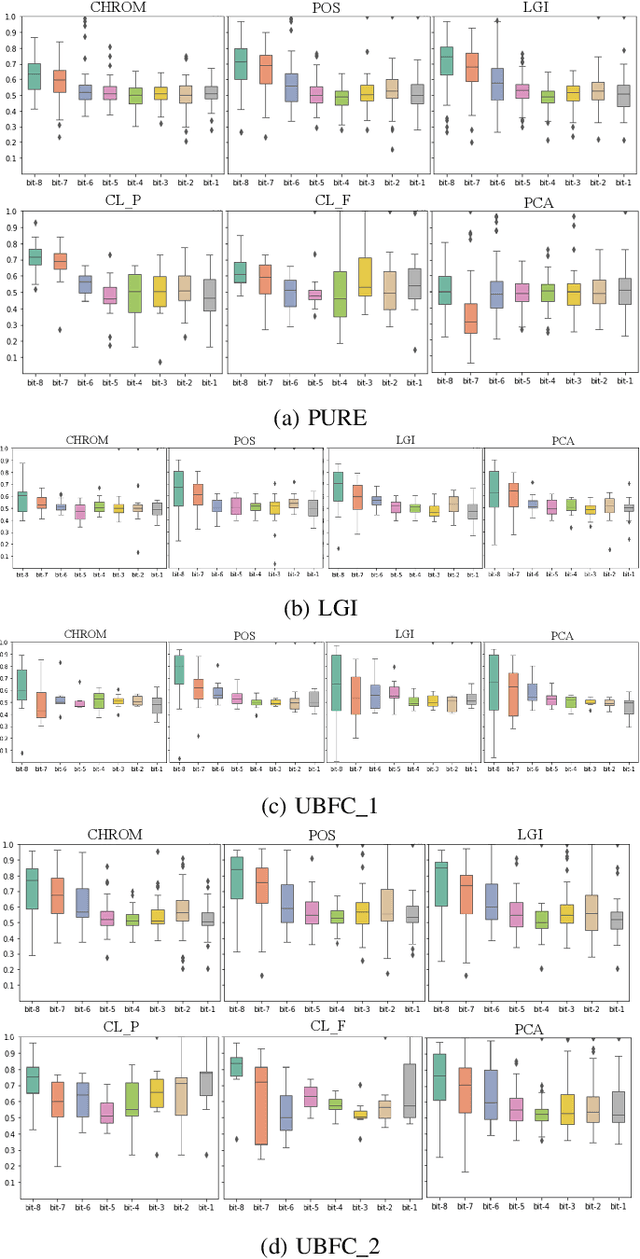Yonghang Tai
Hierarchical Prompt Learning for Image- and Text-Based Person Re-Identification
Nov 17, 2025Abstract:Person re-identification (ReID) aims to retrieve target pedestrian images given either visual queries (image-to-image, I2I) or textual descriptions (text-to-image, T2I). Although both tasks share a common retrieval objective, they pose distinct challenges: I2I emphasizes discriminative identity learning, while T2I requires accurate cross-modal semantic alignment. Existing methods often treat these tasks separately, which may lead to representation entanglement and suboptimal performance. To address this, we propose a unified framework named Hierarchical Prompt Learning (HPL), which leverages task-aware prompt modeling to jointly optimize both tasks. Specifically, we first introduce a Task-Routed Transformer, which incorporates dual classification tokens into a shared visual encoder to route features for I2I and T2I branches respectively. On top of this, we develop a hierarchical prompt generation scheme that integrates identity-level learnable tokens with instance-level pseudo-text tokens. These pseudo-tokens are derived from image or text features via modality-specific inversion networks, injecting fine-grained, instance-specific semantics into the prompts. Furthermore, we propose a Cross-Modal Prompt Regularization strategy to enforce semantic alignment in the prompt token space, ensuring that pseudo-prompts preserve source-modality characteristics while enhancing cross-modal transferability. Extensive experiments on multiple ReID benchmarks validate the effectiveness of our method, achieving state-of-the-art performance on both I2I and T2I tasks.
OTFusion: Bridging Vision-only and Vision-Language Models via Optimal Transport for Transductive Zero-Shot Learning
Jun 16, 2025Abstract:Transductive zero-shot learning (ZSL) aims to classify unseen categories by leveraging both semantic class descriptions and the distribution of unlabeled test data. While Vision-Language Models (VLMs) such as CLIP excel at aligning visual inputs with textual semantics, they often rely too heavily on class-level priors and fail to capture fine-grained visual cues. In contrast, Vision-only Foundation Models (VFMs) like DINOv2 provide rich perceptual features but lack semantic alignment. To exploit the complementary strengths of these models, we propose OTFusion, a simple yet effective training-free framework that bridges VLMs and VFMs via Optimal Transport. Specifically, OTFusion aims to learn a shared probabilistic representation that aligns visual and semantic information by minimizing the transport cost between their respective distributions. This unified distribution enables coherent class predictions that are both semantically meaningful and visually grounded. Extensive experiments on 11 benchmark datasets demonstrate that OTFusion consistently outperforms the original CLIP model, achieving an average accuracy improvement of nearly $10\%$, all without any fine-tuning or additional annotations. The code will be publicly released after the paper is accepted.
Hiding Your Signals: A Security Analysis of PPG-based Biometric Authentication
Jul 10, 2022



Abstract:Recently, physiological signal-based biometric systems have received wide attention. Unlike traditional biometric features, physiological signals can not be easily compromised (usually unobservable to human eyes). Photoplethysmography (PPG) signal is easy to measure, making it more attractive than many other physiological signals for biometric authentication. However, with the advent of remote PPG (rPPG), unobservability has been challenged when the attacker can remotely steal the rPPG signals by monitoring the victim's face, subsequently posing a threat to PPG-based biometrics. In PPG-based biometric authentication, current attack approaches mandate the victim's PPG signal, making rPPG-based attacks neglected. In this paper, we firstly analyze the security of PPG-based biometrics, including user authentication and communication protocols. We evaluate the signal waveforms, heart rate and inter-pulse-interval information extracted by five rPPG methods, including four traditional optical computing methods (CHROM, POS, LGI, PCA) and one deep learning method (CL_rPPG). We conducted experiments on five datasets (PURE, UBFC_rPPG, UBFC_Phys, LGI_PPGI, and COHFACE) to collect a comprehensive set of results. Our empirical studies show that rPPG poses a serious threat to the authentication system. The success rate of the rPPG signal spoofing attack in the user authentication system reached 0.35. The bit hit rate is 0.6 in inter-pulse-interval-based security protocols. Further, we propose an active defence strategy to hide the physiological signals of the face to resist the attack. It reduces the success rate of rPPG spoofing attacks in user authentication to 0.05. The bit hit rate was reduced to 0.5, which is at the level of a random guess. Our strategy effectively prevents the exposure of PPG signals to protect users' sensitive physiological data.
 Add to Chrome
Add to Chrome Add to Firefox
Add to Firefox Add to Edge
Add to Edge